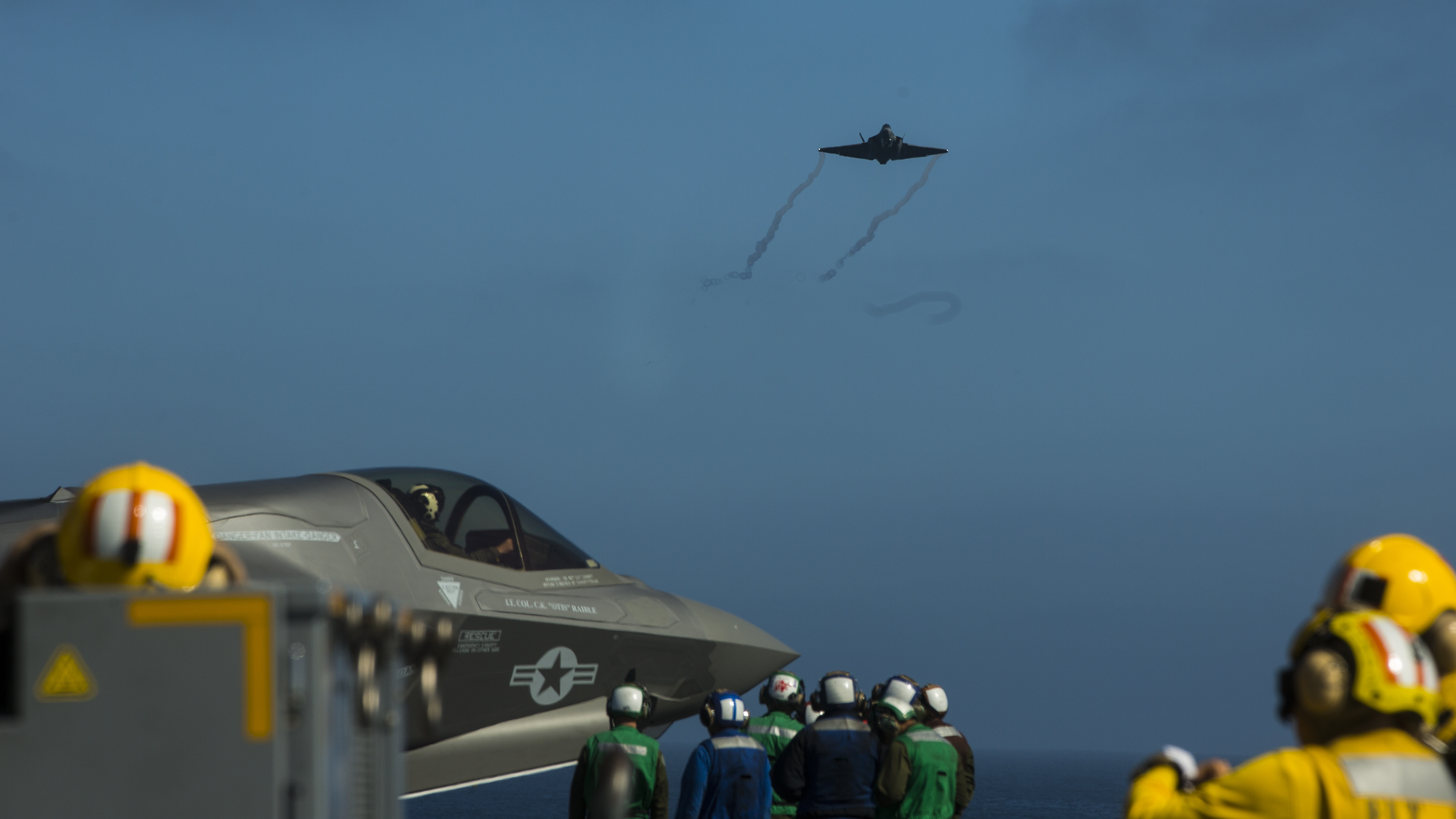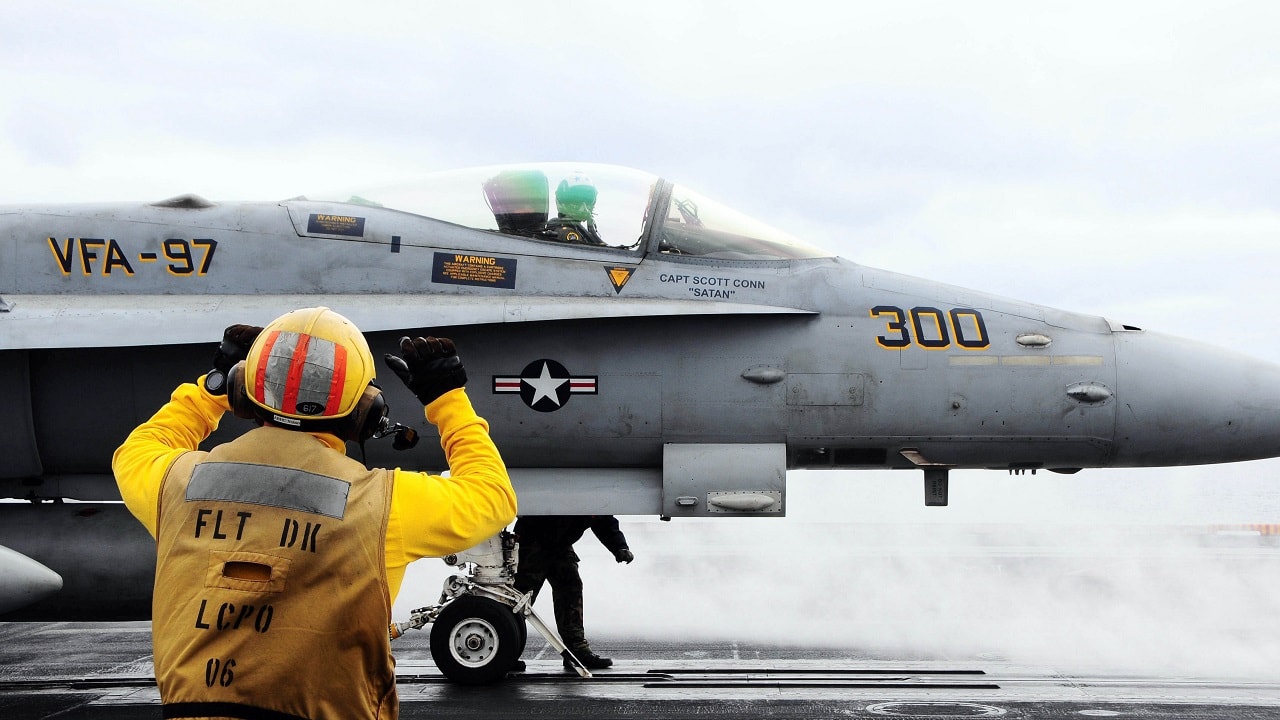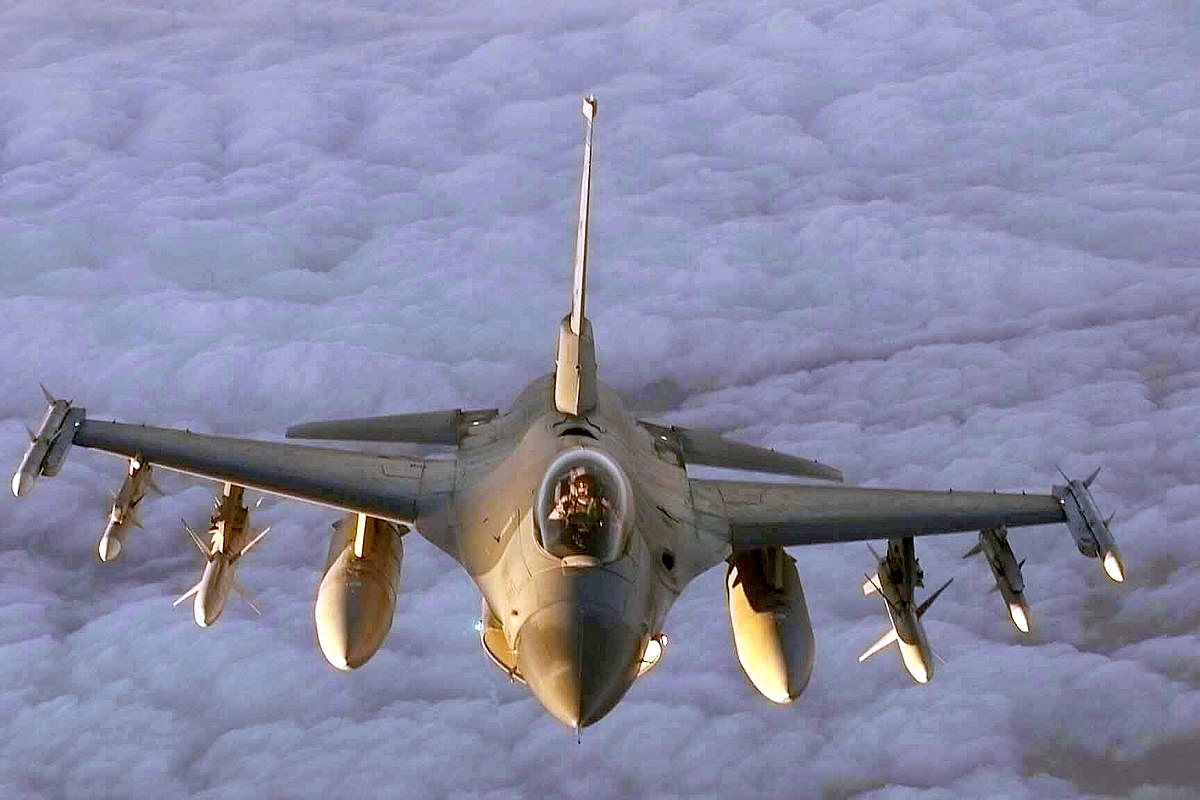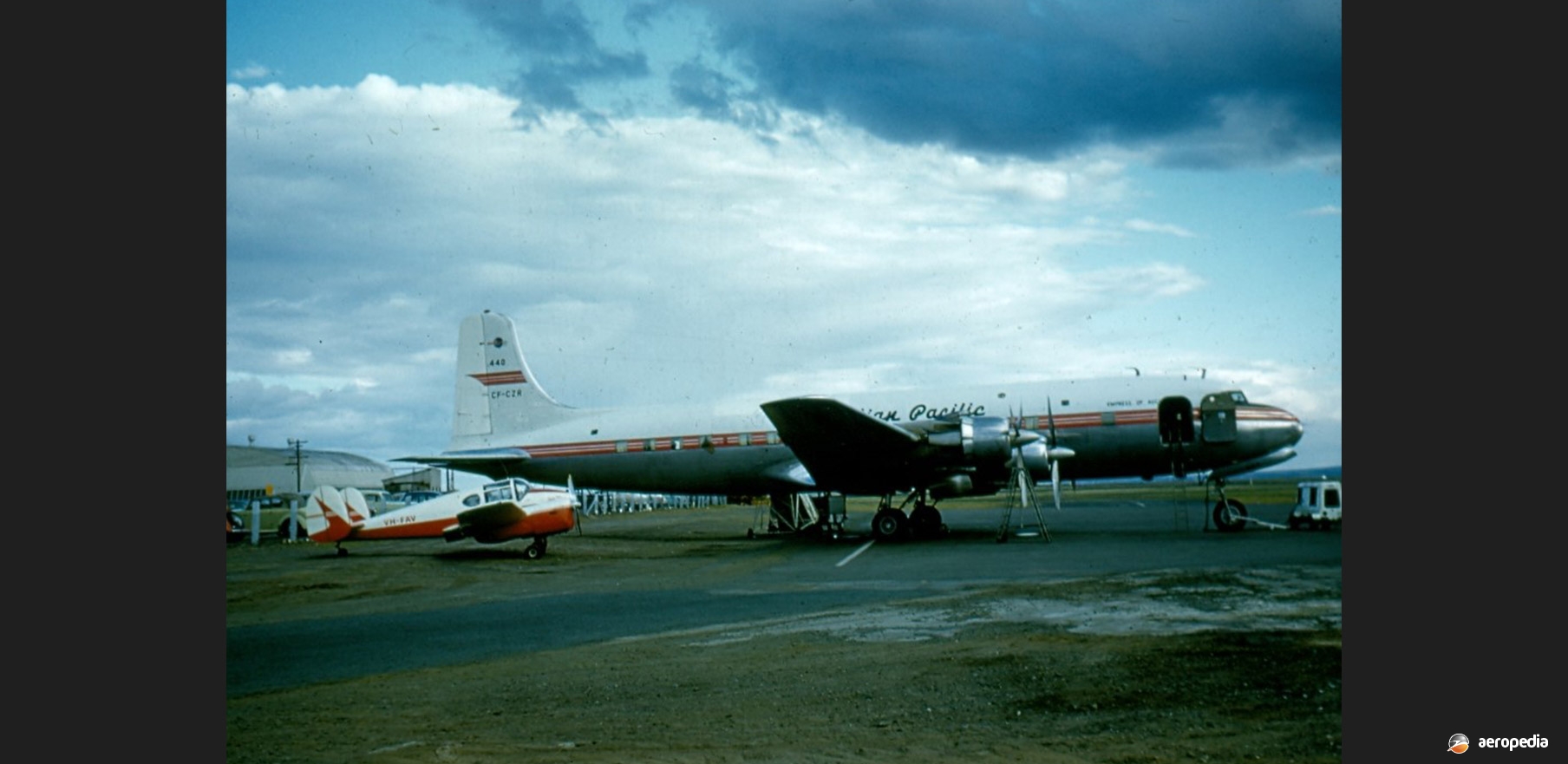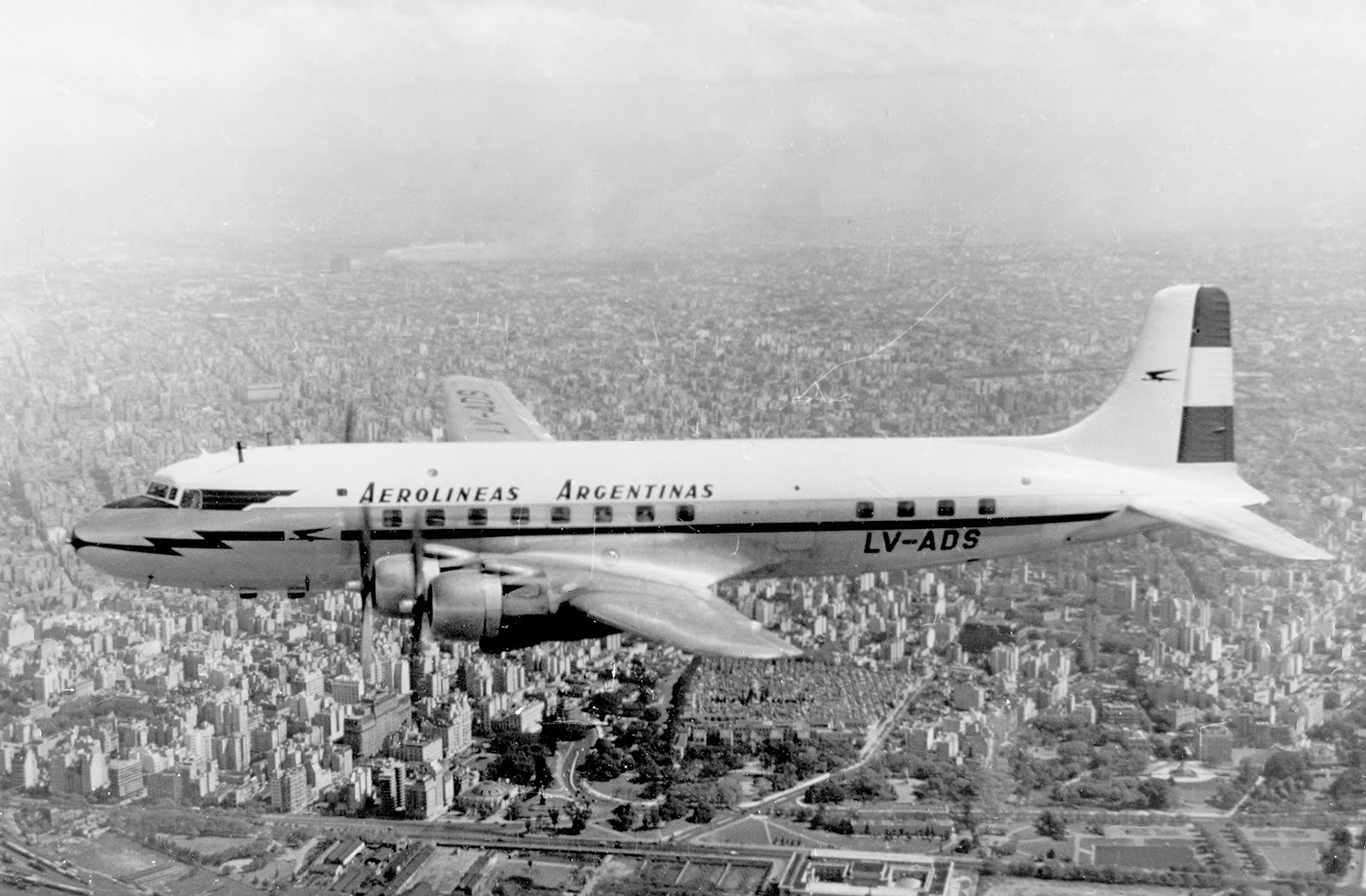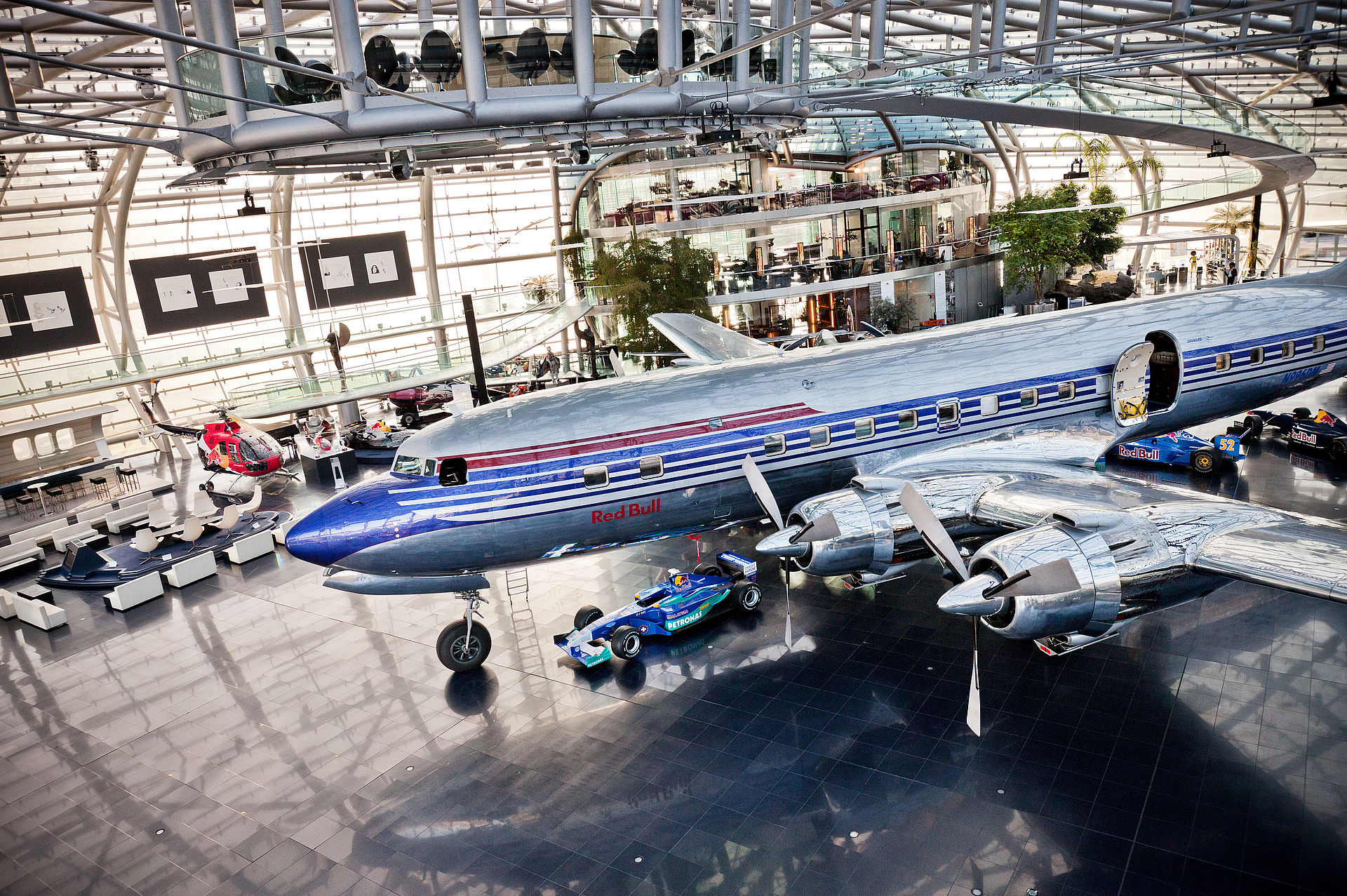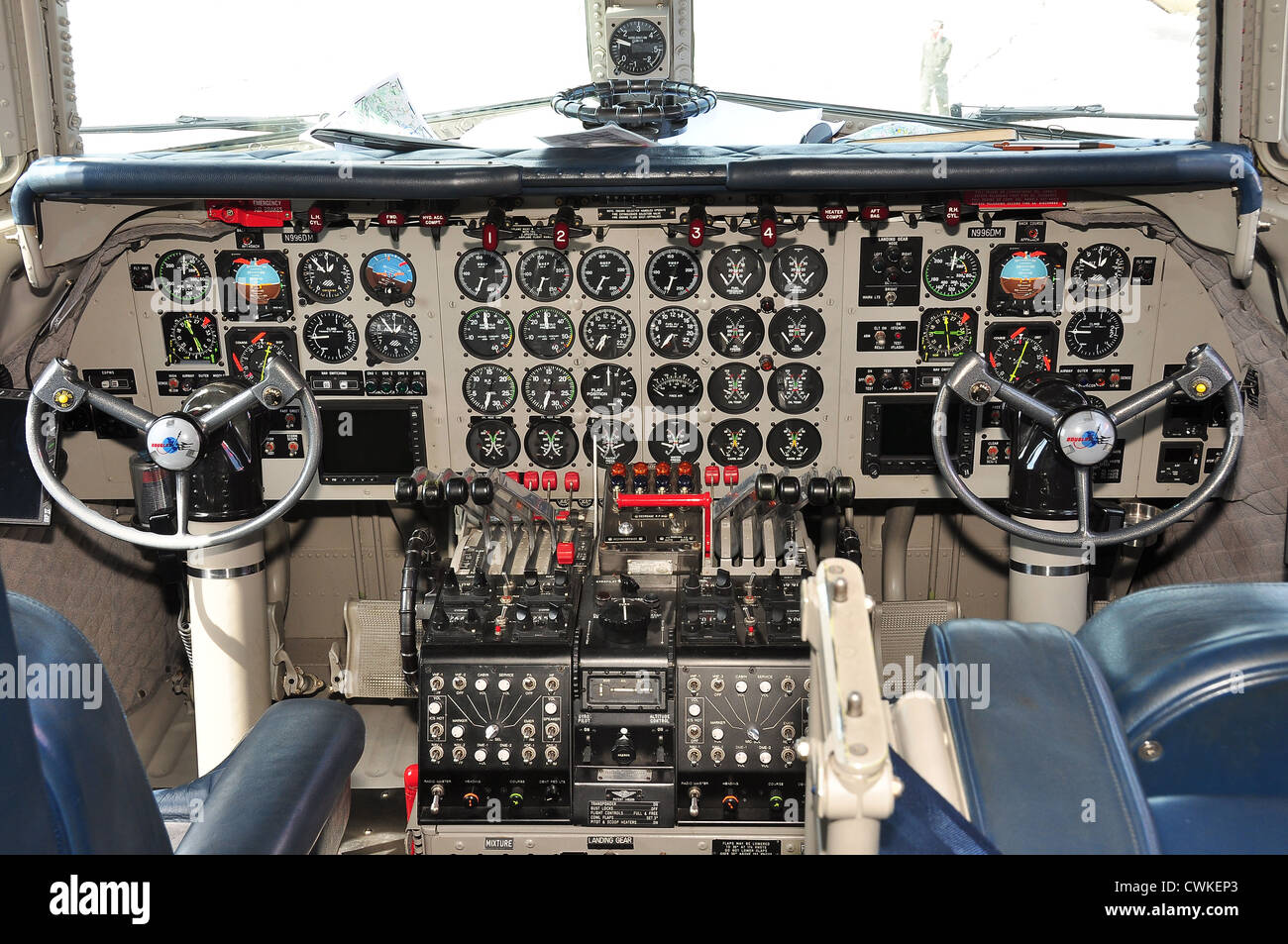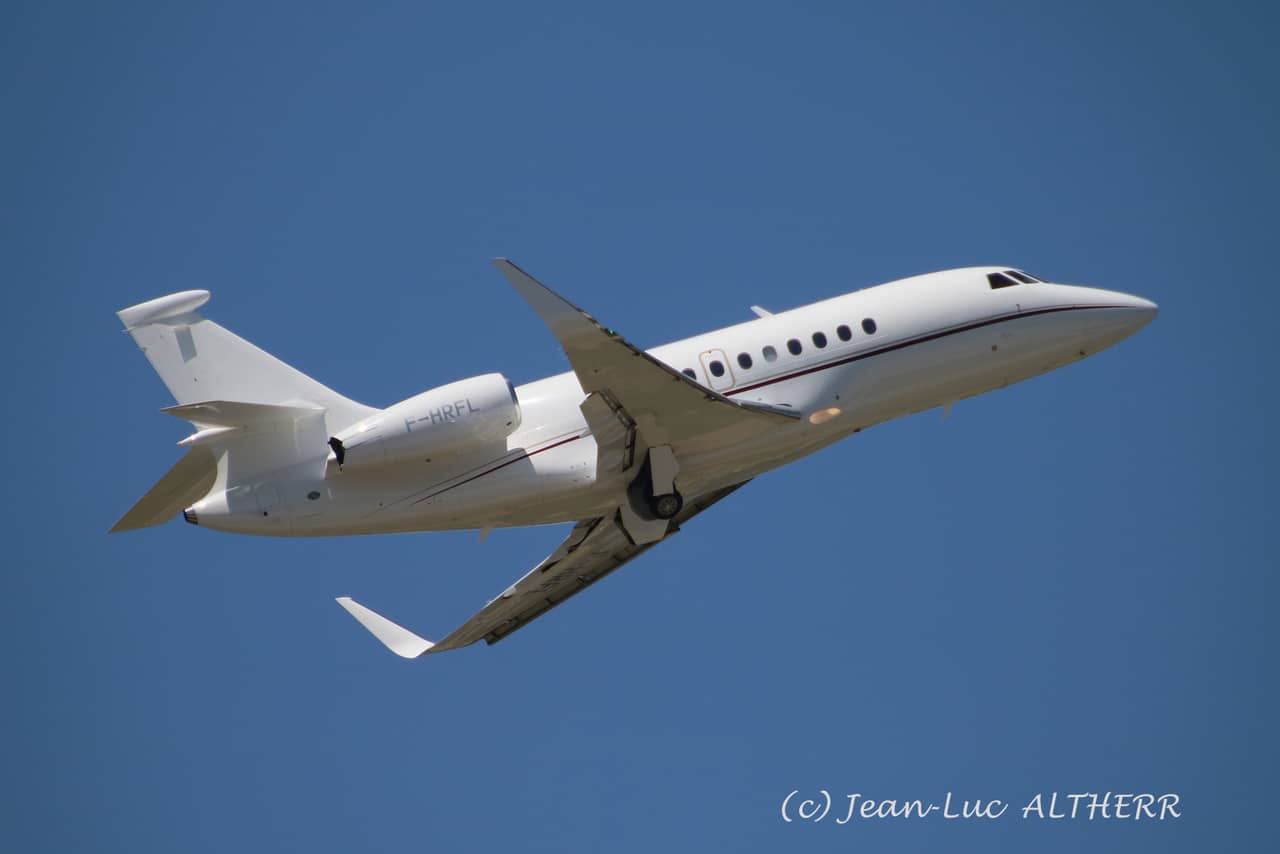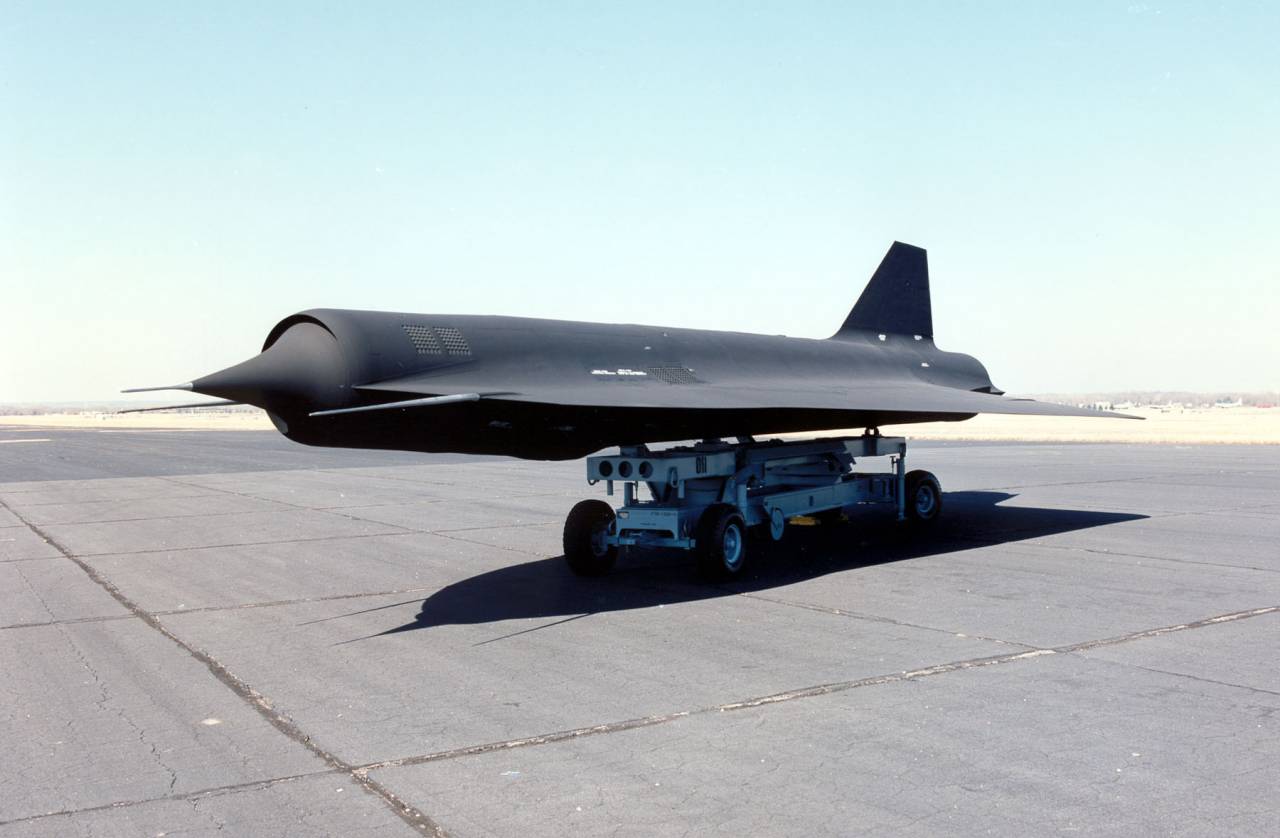Dcs Civilian Aircraft Mod - Control the ground battle from the safety of your cockpit and order around tanks, troops, and artillery. Get into a tank yourself and go head-to-head with enemy ground forces. Engage the multiplayer mode and assume the role of a JTAC to designate enemy targets from the ground so that your buddy in the air can blast them with laser guided munitions.
It's all possible with Combined Arms. Need a helping hand with your carrier landings? Have an experienced friend hop in the instructor's seat while you sit up front in the student's position. Your instructor can then guide you through this difficult but necessary part of carrier operations.
Dcs Civilian Aircraft Mod

What this means is that the Super Tucano has many of the same capabilities found in advanced jets and can load out the same missiles, bombs and rockets. Of course, the piston-engine design has its limits but you would be surprised to know that the platform can even be equipped with laser-guided bombs and hellfire missiles!
AI has been improved for this campaign making AI opponents that much more formidable than the ones you would ordinarily encounter in DCS. Moreover, a limited save-game functionality is available as some missions are too long to be completed in one sitting.
Of special note is that the mod allows players to interact with the CP-741/A Bombing Computer. An antiquated relic by today's standards, it is still a lot of fun to play around with the various knobs and buttons and get a feel for how things were done back in the day.
This is the first dedicated COIN (Counter Insurgency) aircraft mod for DCS. Designed as an observation and light attack aircraft, as well as a platform for FAC (Forward Air Controllers), the Bronco is one of the most "niche" aircraft available to the DCS community.
Given that it is a trainer, the Goshawk is a two-seat aircraft. The instructor sits in the back seat while the student sits in the front. The mod allows a two-player mode where one participant can take the role of an instructor while another assumes the role of the student.
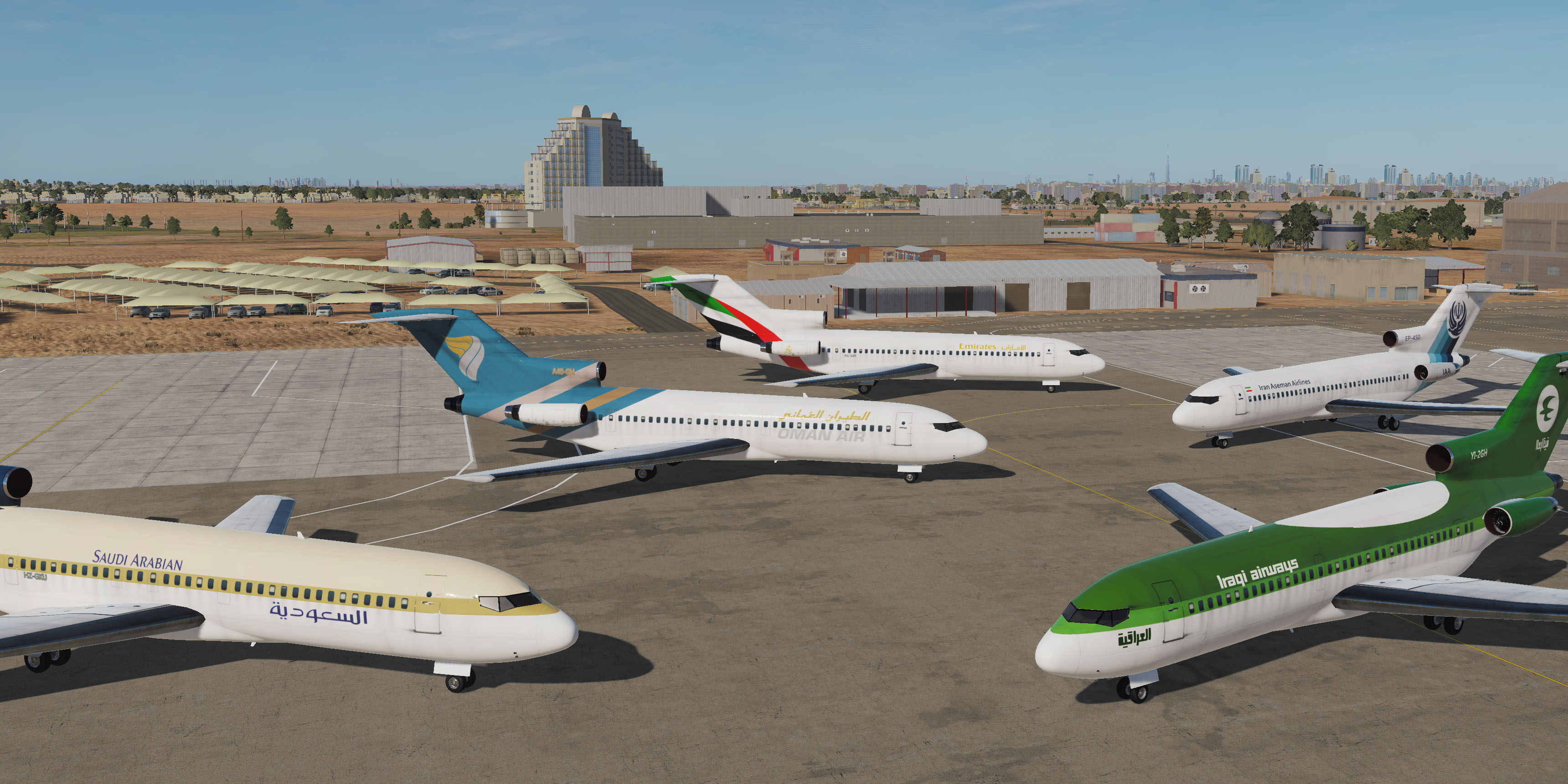
The controls of the aircraft are shared and can be "released" by the instructor to the student. Now that is cool. As a strategy, this mostly makes sense for helicopters such as the Apache and the Huey.
FOBs usually don't have an airstrip. Accordingly, they don't service fixed-wing aircraft and fast jets which require long concrete runways. However, FOBs are ideal for helicopters which can take off and land vertically. The DCS environment is alive and well.
Not a week or so passes without a new mod being released. Official, unofficial, free, paid, good and bad—the DCS environment has everything there is in terms of mods. Serving as the main attack helicopter of the United States Army, the Longbow is a veteran of many conflicts.
It saw active combat in Iraq and Afghanistan and earned the admiration of soldiers and aircrew alike. The cockpit is fully clickable and interactive and both single and multiplayer game modes are supported. The second crew member position can be filled either by your buddy who is on the same server, or by the AI 'George'.
In a nutshell, Combined Arms adds an entirely new level of versatility to the playing styles available in DCS. The platform was already great as a combat flight sim, but now you can also play it as a Real-Time Strategy or First Person Armored Warfare game.
Much like the Kalashnikov, what sets this aircraft apart from the competition is its ruggedness and versatility. Requiring little maintenance and upkeep, the Fishbed could return from a mission, refuel, and go straight back into action.
Go on a mission with a buddy, let your friend sit in the pilot's seat and tell him where to fly as you take the gunner's seat and focus your full attention on finding targets and blowing them up.
The MiG-15 took part in the Korean War where it was flown by Soviet pilots loaned to the Korean regime. The jet took part in many head-to-head engagements with its principal enemy—the Sabre—in a stretch of airspace that later came to be known as MiG Alley.
Developed as a trainer with light-attack capabilities, the Aviojet is probably the most iconic product of CASA—Spain's leading aircraft manufacturer. This mod is unusual in that it essentially gives you two aircraft for the price of one—the C-101EB trainer variant and the C-101CC light attack model.
Players choosing this mod will benefit from a highly-detailed flight model that was continuously tweaked and remastered to perfectly match the flying characteristics of the real airplane. The cockpit is also beautifully done with a clean-cut and polished look.
Players can interact with cockpit controls. All-in-all, this mod is set to have you ready to conduct carrier-borne operations in style. It goes without saying that this mod should be paired with the official DCS F/A-18 module and perhaps the T-45 Goshawk.
The latter is not necessary, but it is free and will certainly make the transition to carrier landings easier to get right. The A-4 community mod was clearly made with a lot of love. Offering a clickable cockpit and an Expert Flight Model, the quality of this mod is nothing less than what you would expect from an expertly crafted official mod.
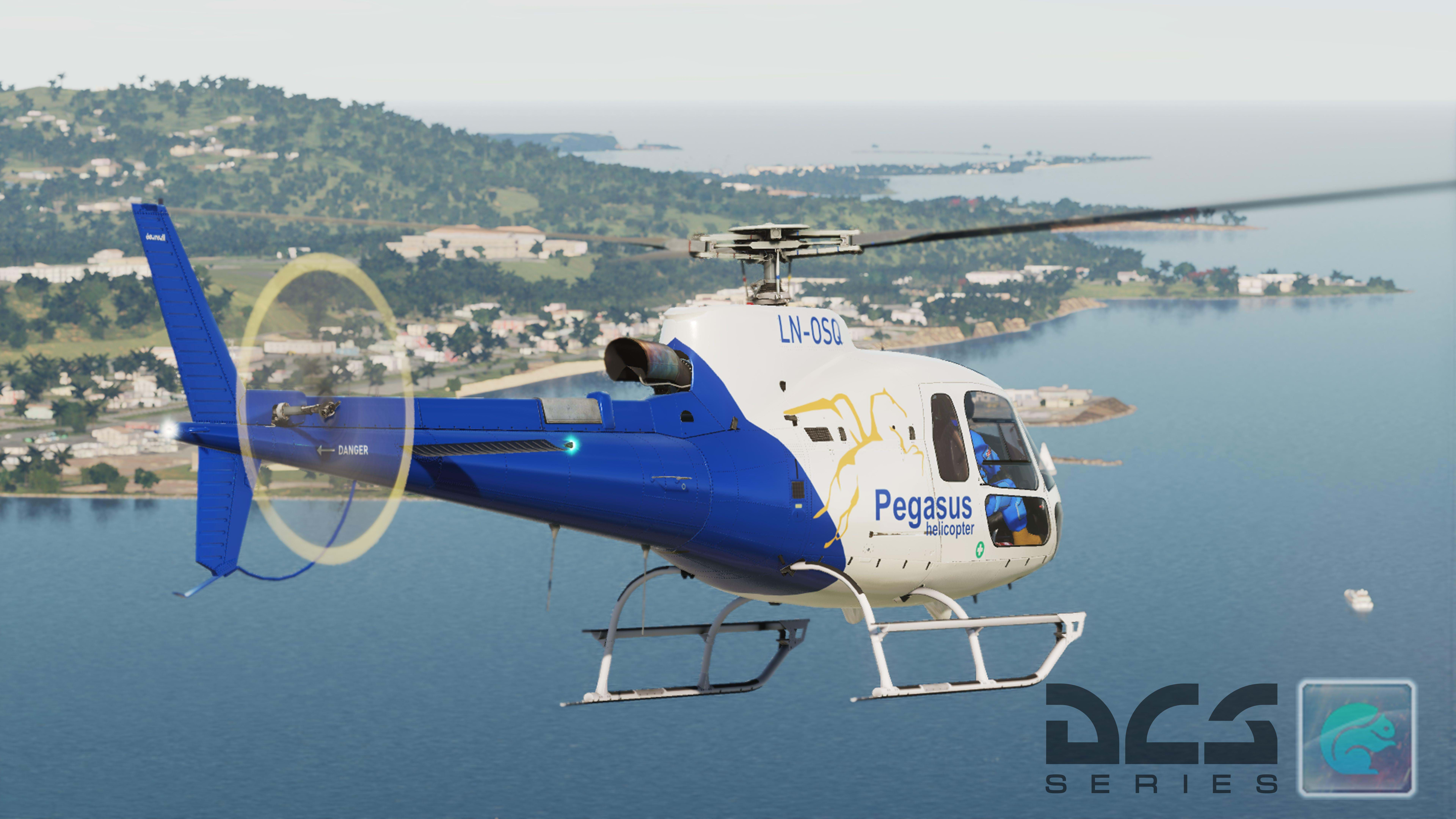
Moreover, not all of the clickable cockpit settings have knobs and lights that animate when interacted with. Only cockpit interfaces that were animated in the original FC 3 package are also animated with this new mod.
You and the rest of your squadron won't have to wait long for action in this exciting campaign. Take part in bear intercepts, CAP, escort and strike missions in this story-driven campaign that seeks to reawaken the spirit of the 1980s.
This DCS mod allows pilots to relive this fine aircraft as it was in its heyday. Take off from the USS Saratoga on a dawn strike against Viet Cong positions early in the Vietnam War. Take part in Operation Rolling Thunder and fly low-level to avoid SAMs before popping up to engage your target.
As a trainer, this aircraft is flown by every naval aviator in the early days of their careers. Like all dedicated trainers this aircraft is extremely forgiving of its pilots. Although not particularly fast, it is certainly maneuverable and responsive to pilot controls.
Despite its age, the FC 3 official mod and the aircraft it brought to DCS are still regarded by many players as some of the best planes on the DCS platform—at least as far as playability goes.
After you get your training down and start to get comfortable with the aircraft, you are ready for some ground pounding. For this purpose the Super Tucano can host a wide variety of armaments, ranging all the way from laser-guided hellfire missiles to bombs, rockets, and guns.
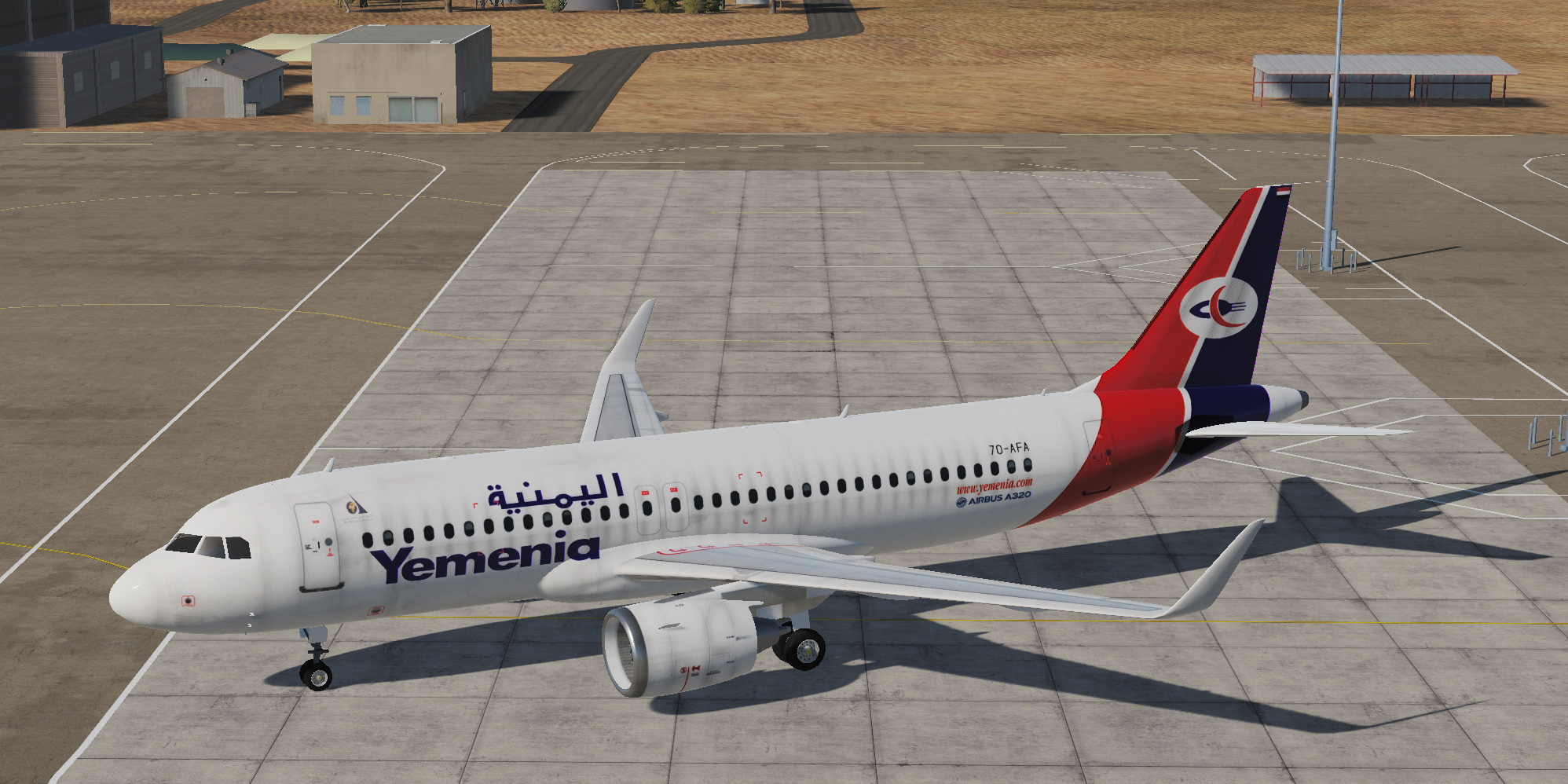
Plan out your own campaigns in the mission editor and use this awesome map as a backdrop for exciting air-to-air and air-to-ground missions. Recreate famous battles with modern aircraft which were not around at the time of the Falklands conflict.
As you go about your mission, Tacview works silently in the background to record all of your flight data. It doesn't stop there, it also records the flight data of all of the objects in your server's environment.
Naturally, this will include friendly and enemy aircraft, but also missile, gun, and radar activity. Naturally, these aircraft include the venerable F/A-18 Hornet and Super Hornet, but they also include the E-2C Hawkeye early warning aircraft, the S-3 Viking ASW and tanker aircraft, and a host of other fixed and rotary-wing aircraft.
planes. Based on the book of the same title, this campaign merges the excitement of the technothriller genre with the wonderful adventure of piloting a Hornet. Throughout the development of this campaign, expert advice was sought from retired US Navy Hornet pilots.
The tandem seating arrangement allows for unique multiplayer modes. New to DCS with buddies on the server? Sit in the student pilot position while an experienced friend sits in the back seat as the instructor. The instructor can pull a switch to determine who has control of the aircraft and can thereby guide you gently into the world of combat jet aviation.
Get access to the Fishbed's broad weapons suite. Intercept American bombers and shoot them down with guns and missiles or conduct rocket and bomb attacks against enemy forward bases. If things go south, you always have your trusty nukes.
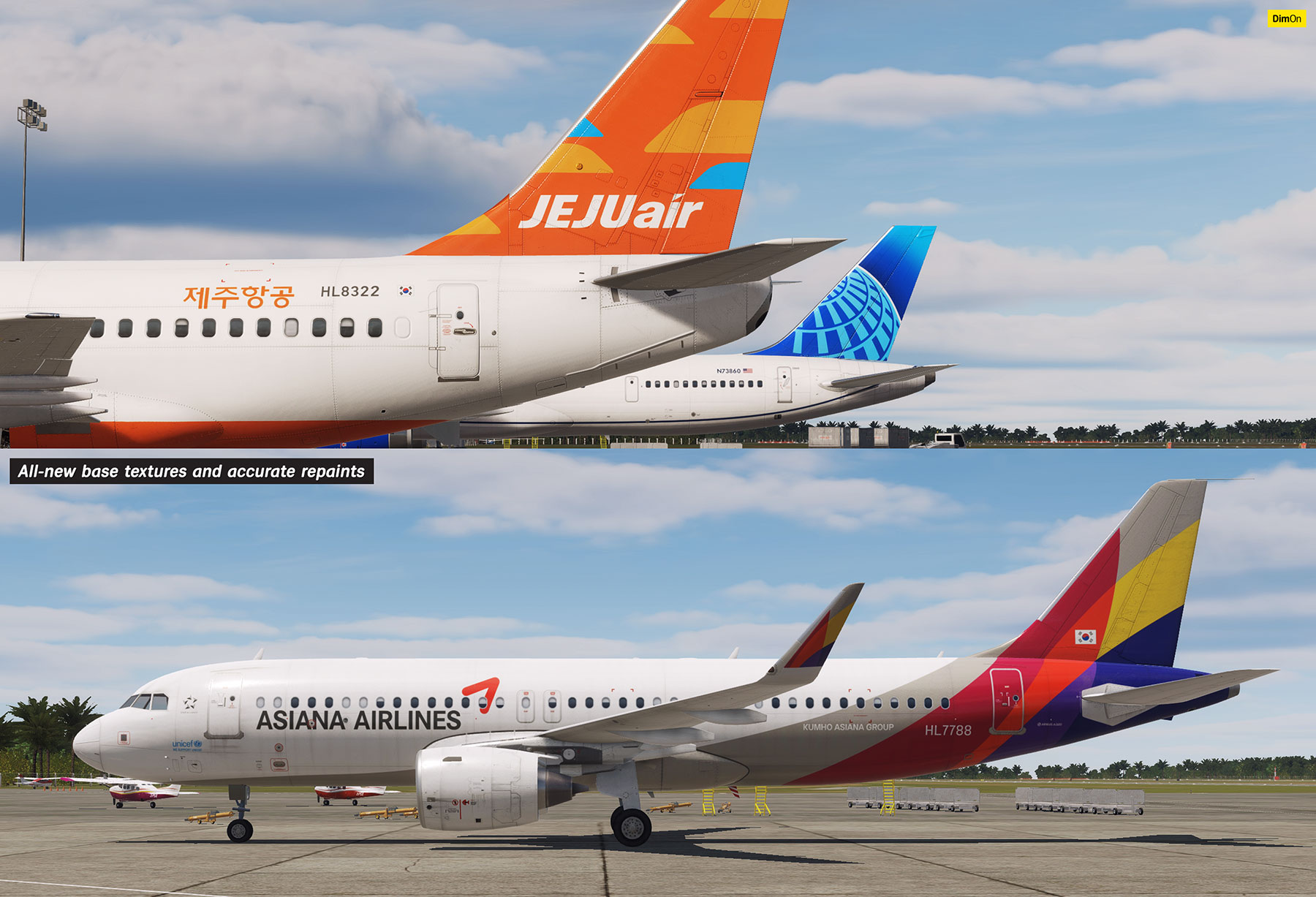
Players choosing this mod will have the opportunity to experience this legendary aircraft in all its glory. The mod offers players a highly advanced flight model which mimics the physics of the actual aircraft with exceptional precision.
The cockpit is also fully interactive and allows players to adjust all of the various knobs, buttons, and switches found in the actual aircraft. The South Atlantic map covers 3 million square miles and includes southern Chile and Argentina, as well as the Falkland Islands.
From the majestic snow-covered peaks of the Andes, to the wide open plains of Patagonia, the icy waters of the Southern Atlantic, and the jagged terrain of East and West Falklands—these vistas and more are accessible through this mod.
The Longbow boasts an impressive range of armaments. Principal among these is a chin-mounted 30 mm chaingun that is rigged to move in sync with the gunner's head. The stubby wings can also mount rocket pods, laser-guided hellfire missiles (deadly against tanks and bunkers), and stinger missiles for defense against aircraft that get too close.
This mod brings the FOB experience to the Caucasus map and adds an operable forward base that can be used by players. When running low on fuel and ammo, or after suffering damage, players who have installed this mod can simply fly back to the FOB.
This is almost assuredly much closer than their home base as FOBs are meant to be closer to the front lines.
dcs civil aircraft mod download, dcs user files, military aircraft mod dcs, dcs flyable mods, dcs flyable aircraft mods, dcs mods downloads, dcs plane mods, dcs free mods

